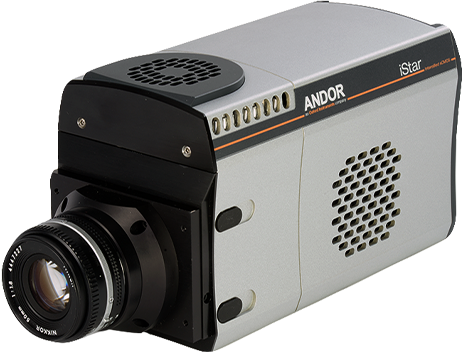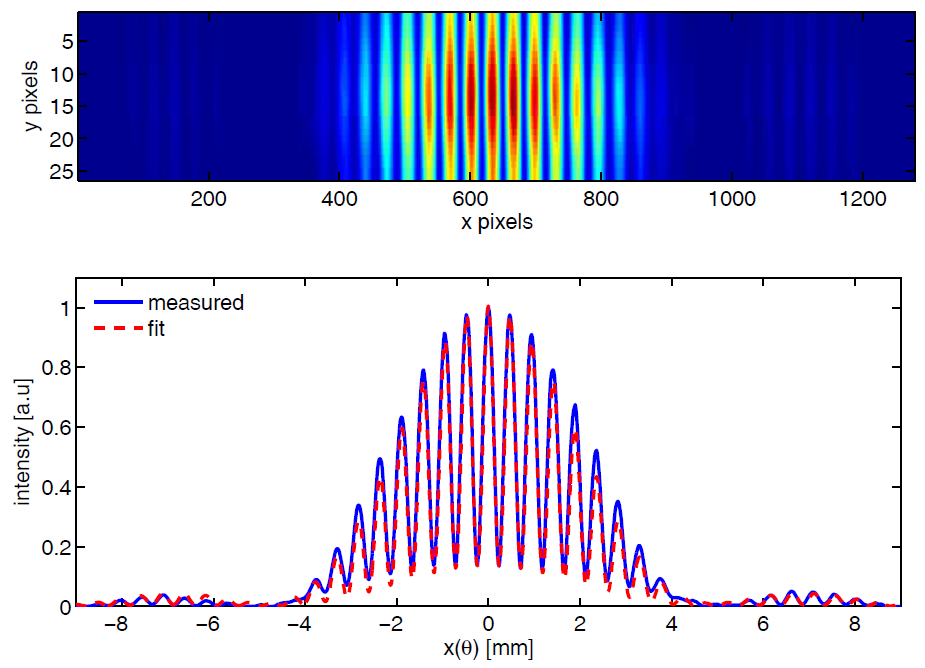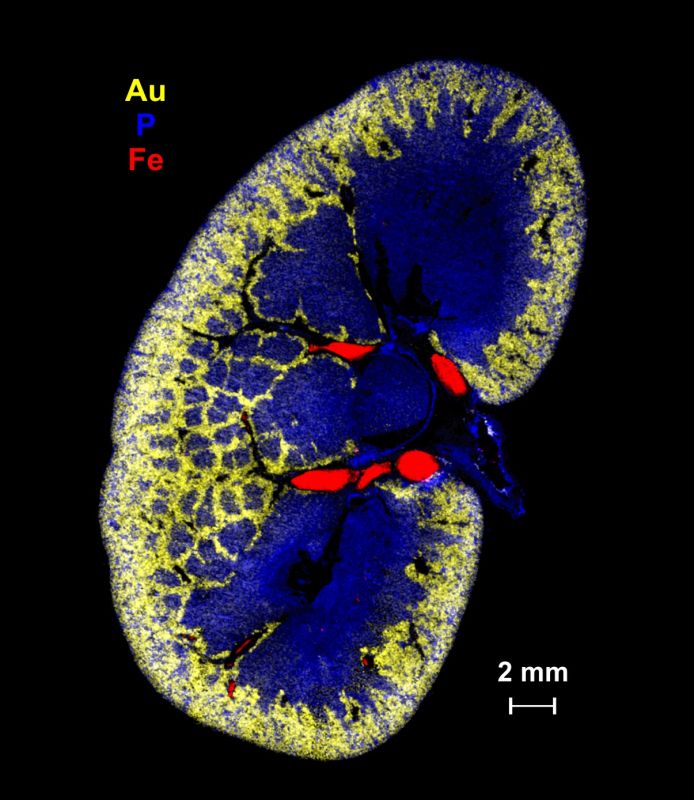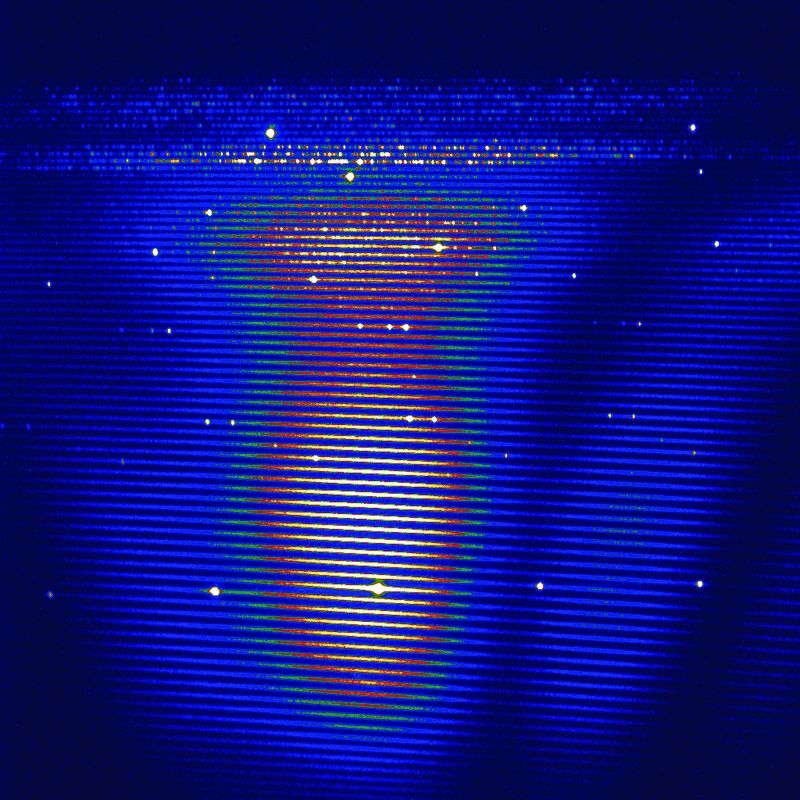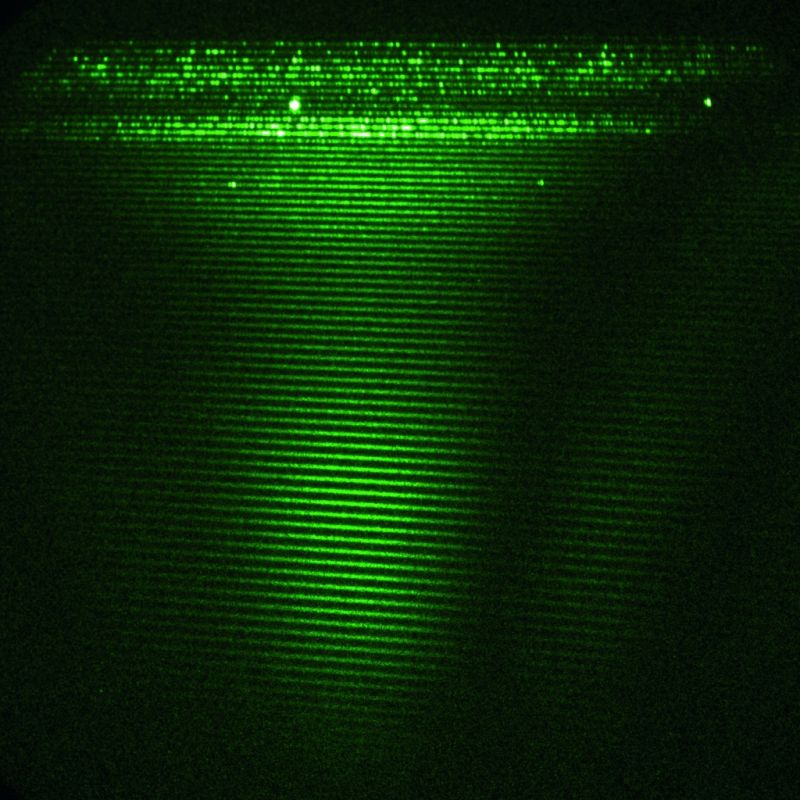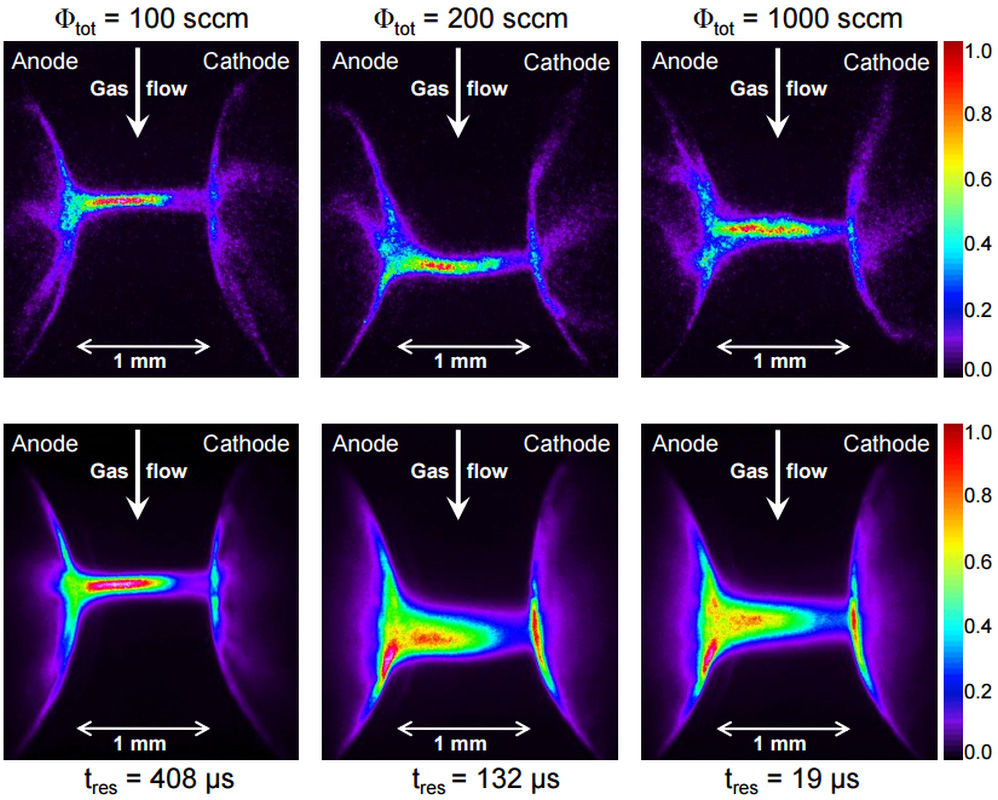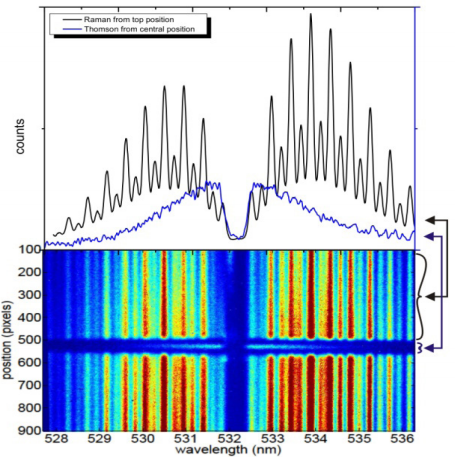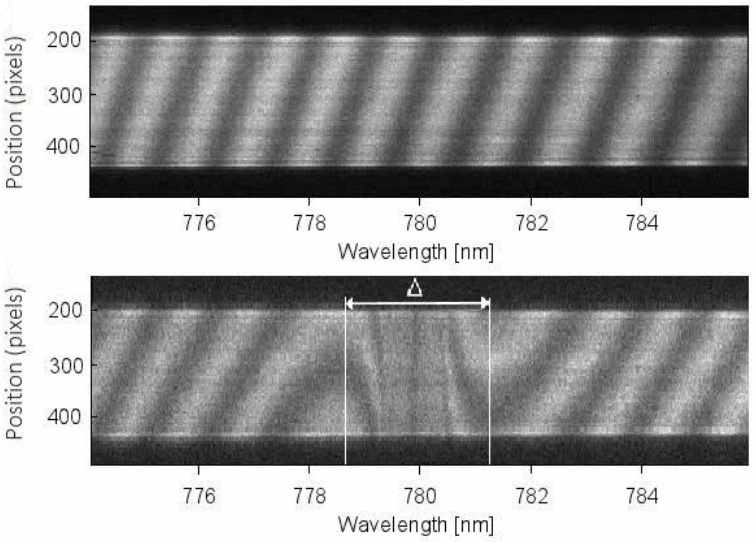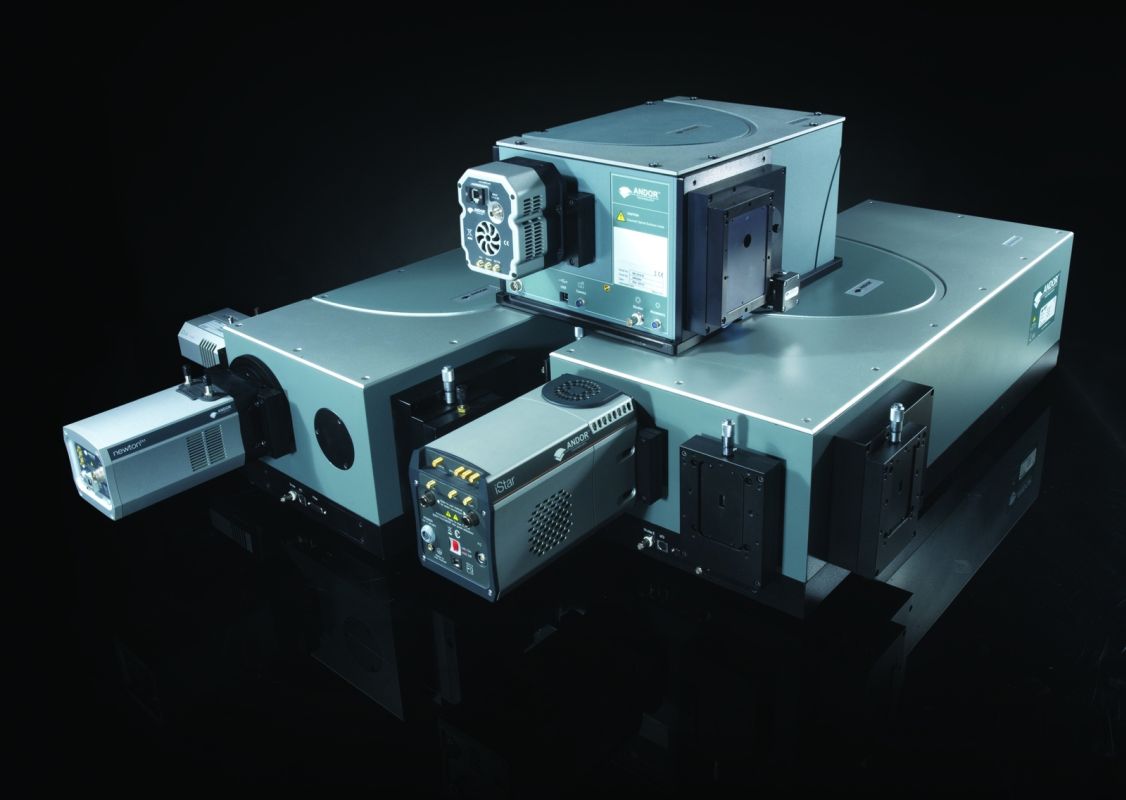The iStar family features a range of high resolution sensors for the sharpest images and spectral signatures acquisition, while maintaining the highest dynamic range.
It uses a fiber-coupling arrangement to the image intensifiers for maximum collection efficiency, unlike lens-coupled configurations that would suffer from lower throughput, image vignetting and distortion.
Comprehensive on-board Digital Delay Generator (DDG™)
Latest generation of ultra low-jitter, ultra-low insertion delay electronics for accurate timing and synchronization of sensor, image intensifier gating and external hardware.
- Gate width and steps setting with 10 ps accuracy
- 3 triggering outputs adjustable with 10 ps accuracy
State-of-the art gater technology – ultrafast photocathode shuttering
- True optical gating < 2 ns - accurate transient phenomena study
- Intelligate™ - MCP gating for increased shuttering efficiency in the UV.
- 500 kHz sustained photocathode gating - Maximizes signal-to-noise ratio in high repetition rate laser-based applications
The response of an ICCD is governed by the Quantum Efficiency (QE) of the intensifier tube, which is determined by the combination of the input window and the photocathode. The input window usually determines the lower wavelength limit while the photocathode determines the long wavelength response.
Andor iStar integrates the latest generation of market-leading intensifiers with ultrafast response, high resolution and low-noise multi alkali-based Gen 2 and filmless GaAs-based Gen 3 types, gating down to the nanosecond regime, response from VUV (129 nm) to SWIR (1,100 nm) and peak QE up to 50%
Gen 2 photocathodes
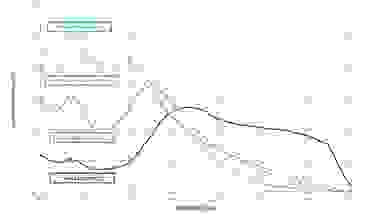
Gen 3 photocathodes

| Photocathode |
Type |
Coverage |
Peak QE (typ) |
Min. Gating Speed |
Recommendation |
| -03 |
Gen 2 |
180-850 nm |
18% |
<2 ns |
Plasma imaging, LIBS, transient luminescence and absorption, combustion (LIF/PLIF) |
| -04 |
Gen 2 |
180-850nm |
18% |
<2 ns |
P46 phosphor for ultrafast kinetics |
| -05 •1 |
Gen 2 |
120-850nm |
16% |
<5 ns |
MgF2 window for VUV spectroscopy |
| -13 •1 |
Gen 2 |
180-920nm |
13.5% |
<50 ns |
NIR transient photoluminescence |
| -63 |
Gen 3 |
280-760nm |
48% |
<2 ns |
Best sensitivity for VIS transient luminescence, plasma studies and photon counting |
| -73 |
Gen 3 |
280-910nm |
26% |
<2 ns |
Best NIR sensitivity for VIS-IR transient luminescence, plasma studies and photon counting |
| -83 •1 |
Gen 2 |
180-850nm |
25% |
<100 ns |
Slow transient studies with maximum UV collection |
| -93 |
Gen 3 |
180-850nm |
4% |
<3 ns |
NIR to IR transient photoluminescence |
| -A3 |
Gen 3 |
280-810nm |
40% |
<2 ns |
Best sensitivity for VIS-NIR transient luminescence, plasma studies and photon counting |
| -E3 |
Gen 2 |
180-850nm |
22% |
<2 ns |
Best compromise between high QE in the UV and ns gating - ideal for LIBS, transient luminescence and absorption, plasma studies, combustion(LIF/PLIF) |
•1 -05, -13, -14, -83, -84, -93 -94 image intensifiers are available through our Customer Special Request process - please contact your sales representative.
 Part of the Oxford Instruments Group
Part of the Oxford Instruments Group
